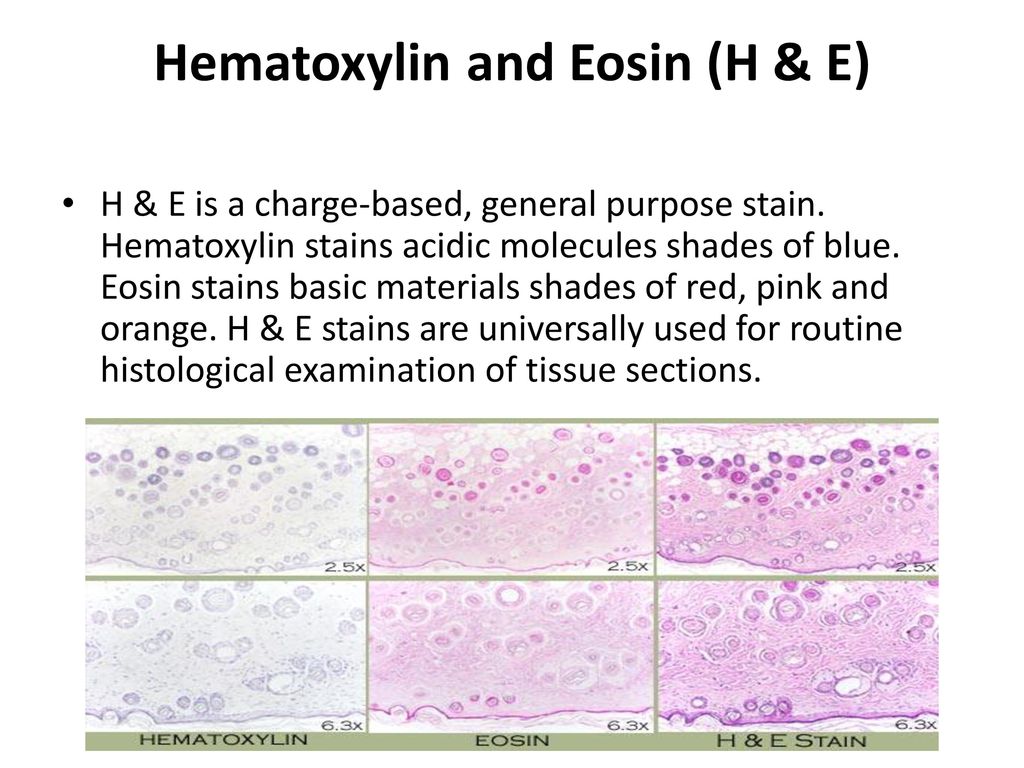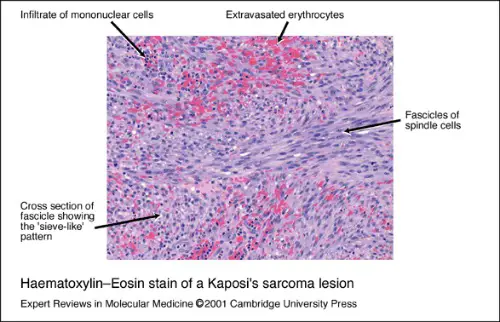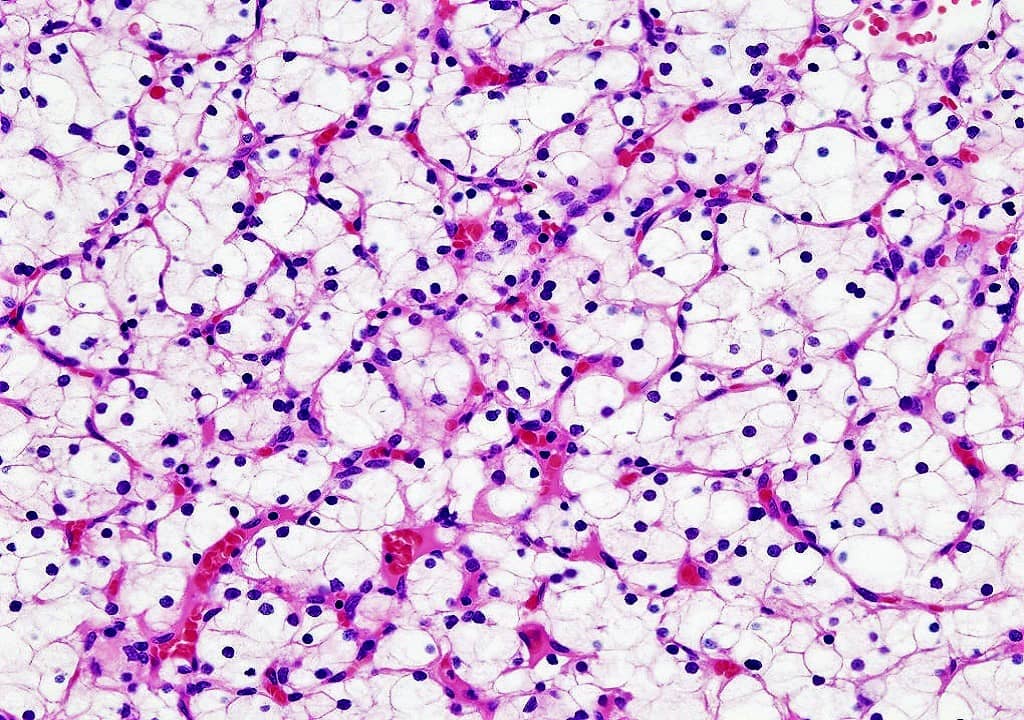Hematoxylin And Eosin Staining Of Tissue And Cell Sections

Eosin is pink and stains proteins nonspecifically.
Hematoxylin and eosin staining of tissue and cell sections. In a typical tissue nuclei are. Hematoxylin has a deep blue purple color and stains nucleic acids by a complex incompletely understood reaction. The nucleus whereas eosin is the acidic dye that stains the basic components of the cell i e cytoplasm.
Fischer ah jacobson ka rose j zeller r. Hematoxylin and eosin staining of tissue and cell sections. For example when a pathologist looks at a biopsy of a suspected cancer the histological section is likely to be stained with h e.
Hematoxylin is a basic dye that stains the acidic components of the cell i e. Bahey ng abd elaziz ho gadalla kk. In a typical tissue nuclei are stained blue whereas the cytoplasm and extracellular matrix have varying degrees of pink staining.
Hematoxylin and eosin stain or haematoxylin and eosin stain is one of the principal tissue stains used in histology. Well fixed cells show considerable intranuclear detail. Hematoxylin and eosin staining technique functions to recognize different types of tissues and their morphological changes especially in cancer diagnosis.
It is the most widely used stain in medical diagnosis and is often the gold standard. Alum acts as a mordant and hematoxylin containing alum stains the nucleus light blue which turns red in the presence of acid and dark blue in the presence of alkali. Hematoxylin has a deep blue purple color and stains nucleic acids by a complex incompletely understood reaction.
Toxic effect of aflatoxin b1 and the role of recovery on the rat cerebral cortex and hippocampus. H e is the combination of two histological stains. The hematoxylin stains cell nuclei blue and eosin stains the extracellular matrix and cyto.


















